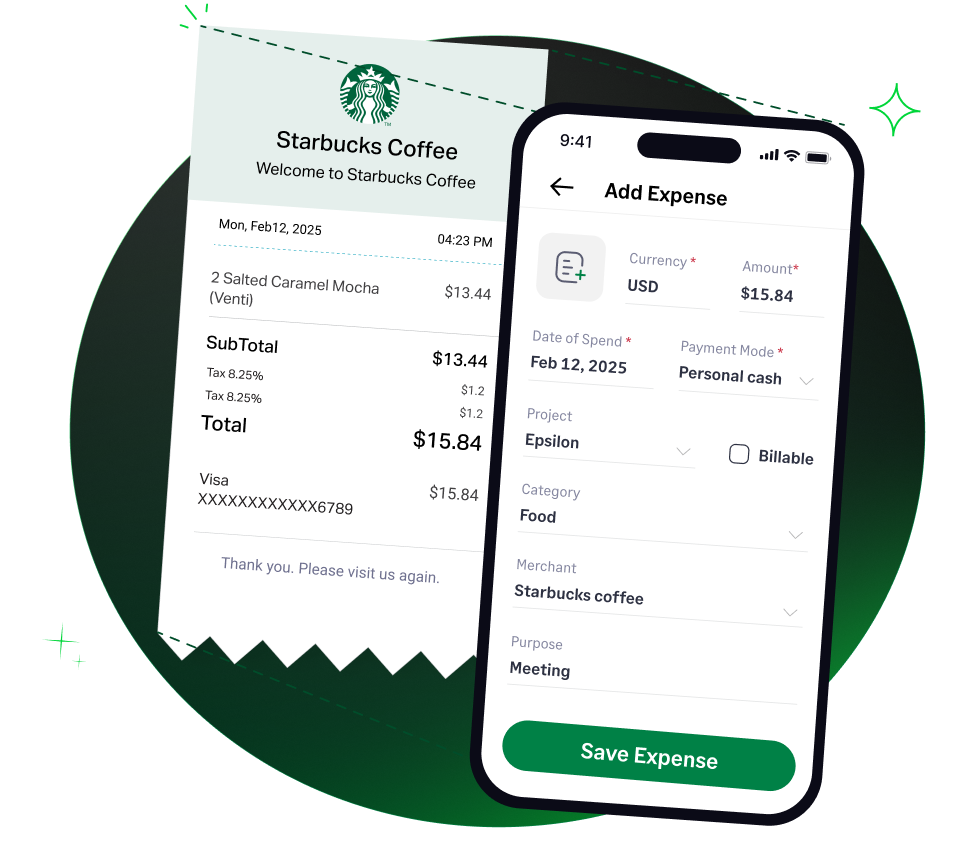✨ Exciting news: Fyle is now part of the Sage family! Learn more in our press announcement >
 4.6/51670+ reviews
4.6/51670+ reviewsProviding product samples or distributing promotional materials, such as brochures and branded items, is a cornerstone of marketing for many businesses. These costs are a necessary part of attracting customers and building brand awareness.
For tax purposes, these expenses are generally deductible; however, their specific category depends on the nature of the item and its intended use. It could be an advertising expense, a business gift, or part of your cost of goods sold. This guide will clarify how to categorize these costs in accordance with IRS rules to ensure your business remains compliant.
There is no single expense category for all samples and promotional materials. The costs must be categorized based on their nature and purpose.
The most critical factor is distinguishing between a promotional item intended for wide distribution (advertising) and one given to a specific individual (gift), as well as how to treat items taken from your inventory.
IRS Publication 535 provides a clear test to distinguish between an advertising item and a gift:
When you give away product samples that you would normally sell to customers, the cost of these samples is accounted for in your Cost of Goods Sold. IRS Publication 334 explains that when you withdraw merchandise for use other than for sale (such as for samples), you must exclude its cost from the total merchandise you purchased for sale. This is typically done by crediting your purchase account for the cost of the withdrawn items. You do not take a separate Samples expense deduction.
IRS Publication 535 notes a special exception to the exclusive use rule for a home office deduction. If you use part of your home for the regular storage of inventory or product samples, you may be able to deduct home office expenses even if you don't use that area exclusively for business.
The reporting for these costs depends entirely on their classification.
For a sole proprietor filing a Schedule C (Form 1040):
You must have documentary evidence to substantiate your expenses. This includes:
Fyle helps you capture and correctly categorize all your spending on samples and promotional materials, ensuring a complete and compliant record for tax time.




